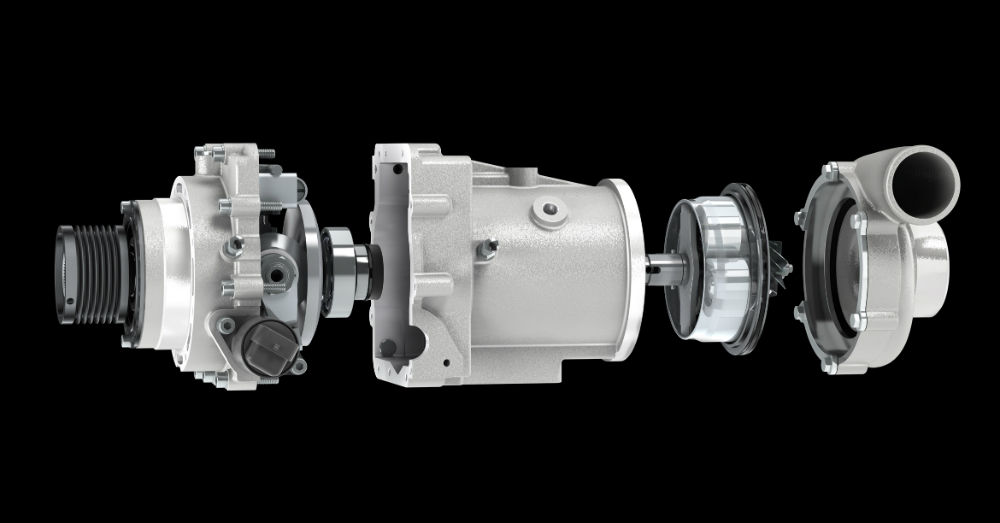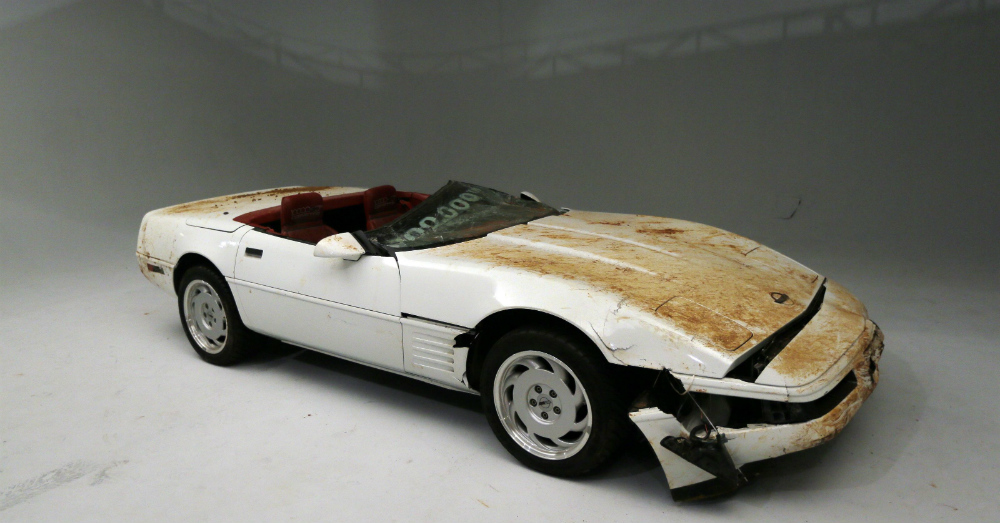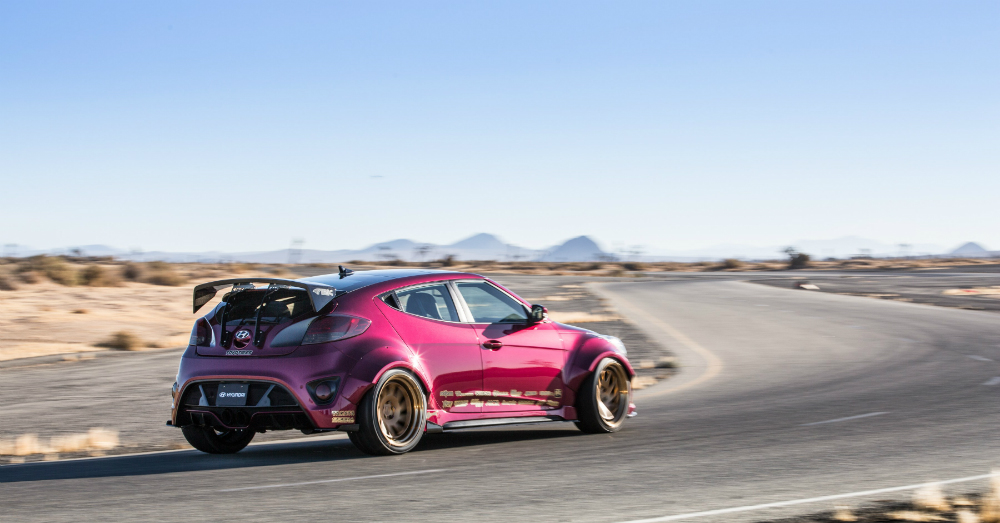There are many questions to be concerned with when it comes to the purchase of a first car for a teenager. Not too long ago, it went without saying; you got your parents clunker when they got a new car, but now there are pros and cons to each option. Whether you’re purchasing a car for a new driver, a student headed off to college, or you’re assisting in the purchase of a vehicle for a working young adult, there are two different options; new or used. So, which is the better option?
Obviously there are a plethora of options on the market, either way. Whether you’re considering a brand new car, or a gently used vehicle, there’s no shortage of available choices. However, there are also serious decisions to be made to fully make an informed decision. Obvious concerns with the purchase of a vehicle are safety, price, maintenance, and responsibility of the child in question. The best way of making these decisions is to consider the advantages and disadvantages of each option. In order to do, each way of thinking much be carefully assessed, but the best option is to talk to your child.
With a new car, there are certainly a great deal of pros, but there are also a handful of cons. It’s not always easy to gauge the best way to go, without careful consideration.
Pros:
Less Maintenance – A brand new car will require much less maintenance than an older car, and most dealerships offer packages for oil changes and routine maintenance. A teenager, or young adult doesn’t usually have a great deal of money, so the cost and frequency of maintenance is a large concern.
More reliable – A new car isn’t going to have the same quirks as a used car. It hasn’t been driven (or abused) by a previous owner, so there is less worry about the car breaking down on a frequent basis.
More Safety Features – Newer cars have a lot of new features that specialize in road safety. Whether it’s a backup camera, lane departure warnings, or even just more airbags, newer cars are likely a good bit safer, but nothing is as safe as a well-trained and conscientious driver. There is no substitute for good judgment.
Manufacturer Warranties – New cars often come with solid and extensive warranties should something go wrong with the vehicle. This usually helps with peace of mind when it comes to costly repairs.
Cons:
Expenses – A brand new car costs money, either a great deal upfront or monthly payments. As most teenagers or young adults don’t have extensive cash flow, the parents are often going to have to subsidize or at least co-sign for the loan. Gauging whether or not your child is responsible enough to handle a monthly payment is paramount.
Higher Insurance Costs – When purchasing a new car and financing said car, maximum coverages are necessary. With new drivers and young drivers, this means much higher insurance premiums and these costs must be weighed within your own or your child’s budget.
Responsibility – A new car is expensive, which we’ve already covered. It’s also a lot of responsibility to maintain it, and your child must foot that responsibility. Routine oil changes, tire rotations, and fluid checks must be kept up with in order to keep the car running for a longer period of time. Can your child handle this responsibility?
There are obviously clear and concise pros and cons when it comes to the purchase of a new car. Each child will be different, and can most likely be evaluated using the previous stipulations. If the first-time car buyer has a steady work history, is generally quite responsible, and can follow guidelines, the brand new car may be a good option.
When it comes to an older car, parents may think this is a no-brainer, but that’s not always the case. There are certain things that must be taken into account when you’re considering a used vehicle.
Pros:
Carfax – Many dealerships will offer a Carfax report which tells you how many people have previously owned the vehicle, if it’s ever been in an accident, and the severity of that accident.
Less Expensive – Pre-owned cars are cheaper, it’s that simple. Remember, you get what you pay for.
Cheaper Insurance – Due to the fact that most used vehicles are paid for upfront, insurance premiums tend to run a bit lower. If the car is more towards the very inexpensive side, it may not even be necessary to carry collision on the premium, thus making for lower monthly payments.
Cons:
Potential Extensive Repair – As we can never be sure as to the reputation of a pre-owned vehicle, there may be a lot wrong with it, or things may start to go wrong quickly. This is obviously something to consider, as it’s not always cost-efficient.
Must-Have Maintenance – Oil changes, brake checks, and tires are essential when it comes to older car. They need to be maintained on a regular basis, in order to run at maximum efficiency.
No Warranty – While some dealerships offer limited warranties, most pre-owned cars are sold as is, especially with private sales. Given that not all people in the world are entirely trust-worthy, a warranty is an extra safeguard.
The first car is not an easy decision to make, and most parents will fret about their choice. Hopefully, these guidelines will make that decision somewhat easier. Education is the best assistant in any difficult decision. Choose wisely!
This post may contain affiliate links. Meaning a commission is given should you decide to make a purchase through these links, at no cost to you. All products shown are researched and tested to give an accurate review for you.




